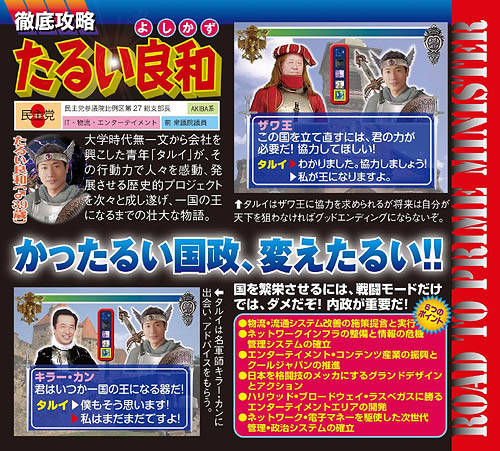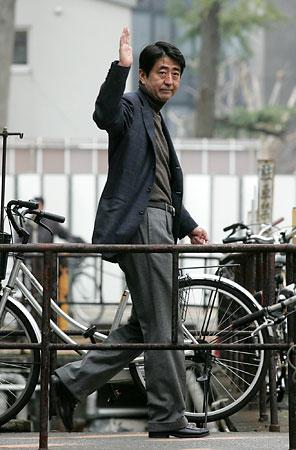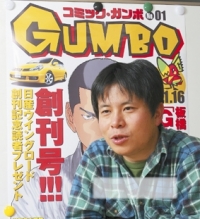Any HTML gurus know why the hell I have a gigantic mess of white space before the table below? If so, let me know!
A week ago I mentioned how Taiwan’s DPP administration has been editing grade school history textbooks to refer to Chinese history as “Chinese history” instead of “this country’s history” and removing the honorific title “Father of the country” from references to Sun Yat-sen, leaving only his name.
A few days later, there were reports that the Ministry Of Economic Affairs (MOEA) is engaging on a systematic campaign to remove references to China from the names of state run enterprises, and to encourage private corporations to do the same.
Some examples from the article:
Chinese Petroleum Corp (CPC, 中國石油) and China Shipbuilding Corp (CSBC, 中國造船) would soon be renamed to include “Taiwan” in their company titles in accordance with government policy.
Chinese Petroleum Company ->”CPC, Taiwan” (台灣中油)
Chinese Ship Building Corporation (CSBC) -> Taiwan International Shipbuilding Corp (台灣國際造船)
Another company that has been targeted in the name change campaign is China Airlines Ltd (CAL, 中華航空), but Chen did not address this yesterday.
CAL said earlier that its name was valuable in the greater China market.
Although previously well-known in the international community and with a large number of overseas branches, the state-controlled International Commercial Bank of China (ICBC, 中國國際商銀), is now called Mega International Commercial Bank (兆豐國際商銀) after merging with another state-run entity, Chiao Tung Bank (交通銀行).
[From Taipei Times, Feb 3]
Of particular note is this sentence buried in the last paragraph.
The issue of changing the name of state-run enterprises is part of the government’s “name-rectification” policy, aimed at avoiding Taiwanese companies being mistaken for Chinese ones.
My previous post on the revision of history books had mentioned how this concept is central to Chinese thought, at least since Confucianism referred to “rectification of names,” and in fact this phrase concept is extremely common in Taiwanese political discourse.
To get an idea of how common, take a look at the top 10 most emailed articles at Taiwan’s Liberty Times newspaper on today, February 7 2007:
Of these, #2 and #5 both include the phrase “name-rectification” (正名) in the headline. #1 refers to comments made by former president Lee Deng-hui regarding Taiwan’s status, which is intimately bound up with name-rectification. #7 about the proposed relocation of the Chiang Kai Shek Memorial Hall from Taipei to Taoyuan country, where his mausoleum is located, and the re-purposement of the current building for use as something like a “Taiwan Democracy Memorial.” This same article #7 also mentions the recent renaming of Chiang Kai Shek airport to Taiwan Taoyuan International Airport. So that makes, out of the ten most popular articles of the day, there are four related to the politics of name-rectification.Let’s look for a moment a bit more about the Chiang Kai Shek issue. While no one denies that Chiang is a critical figure in the history of China and Taiwan, exactly how he should be remembered is a major point of contention between the Taiwanese political factions. As his former party, the Chinese Nationalist Party (Kuomintang/KMT) still respects his memory and praises his role in the original revolution, the birth of the Republic, the fight against the communists, and the development of Taiwan’s economy after the flight from the mainland. On the other hand, the Taiwanese independence oriented Democratic Progressive Party (DPP) tends to look at him as a military dictator, who invaded Taiwan with his ragtag army of mainlanders and spent decades suppressing native culture and liberty on the pretext of national security.
As part of their name-rectification agenda, the DPP administration has already changed the name of the Chiang Kai Shek International Airport, and has now proposed the more radical step of actually removing him from his own memorial hall. In addition, they have also ordered the removal of outdoor statues of Chiang Kai Shek from all military bases, to be placed in storage. The excellent China affairs/media blog ESWN has a short bit on this, with an amusing quote from the defense minister Lee Jye.
Lee: “Why not remove them?”
Reporter: “Why remove them?”
Lee: “You tell me why not remove them? This is a democratized country. I am in an awkward position, right or not? The ruling party has some idea that they want me to carry out. The opposition party also has its own opinion and it does not want me to carry this out. So what do you say that I should do? Removing the bronze statues does not mean discarding them. It is to move them to where they belong. As you say, you are the opposition right now. If you become the ruling party next time, you can tell me to bring the statues back again. It is such a simple issue. Why are you arguing about this all day?”
Reporter: “The blues are not happy, but the greens are not happy either?”
Lee: “Yes.”
Reporter: “Could it that you feel pressed and aggrieved?”
Lee: “Then I ask you to help me. Please do not keep picking up rocks and throwing them at me.”
There is also an article at the Taipei Times about the statue removal campaign. Significantly, the removal of the statues is being accomplished before February 28 of this year, which will be the 60th anniversary of the famous 228 incident, in which military police occupying Taiwan for Chiang Kai Shek’s KMT led Republic Of China government beat an elderly female street peddler (on 2/27), triggering a protest the next day (2/27) in which several civilians were shot and killed by police, which caused rioting and near-insurrection by the Taiwanese, which led to the introduction of military law by the KMT government, and a crackdown against rebels and former “Japanese collaborators,” in which thousands were killed. The 228 incident, now commemorated with a holiday known as Peace Memorial Day, is considered by the DPP to represent everything bad about the decades long period of military law in Taiwan. While the KMT officially does not consider Chiang Kai Shek to be responsible for the 228 violence because he was not in Taiwan in the time and did not order order the reprisals against civilians, there are many who blame him either based on the principal of a military commander’s responsibility down the chain of command, or because they believe that he did in fact authorize the post-insurrection massacres.
Interestingly, despite the history textbook revisions removing his title as “father of the country” the final paragraph of the Liberty Times #7 article from above, on the possible removal of the Chiang Kai Shek memorial from the Chiang Kai Shek Memorial Hall, makes a point of saying that because are still many people who respect the great doctor’s principles of democracy and fraternity and all that noone would ever consider doing anything to the Sun Yat-sen memorial hall. Of course, who knows what a future government might find objectionable?
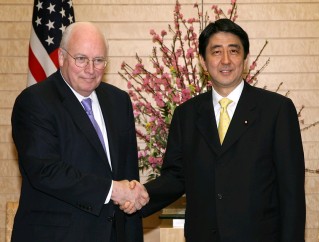

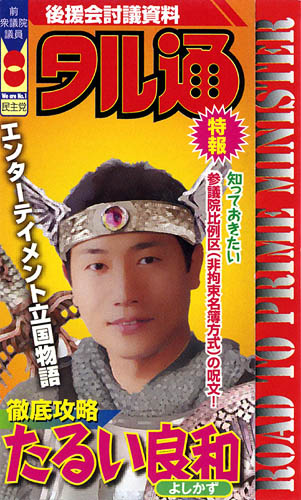 Open Tarui’s
Open Tarui’s 